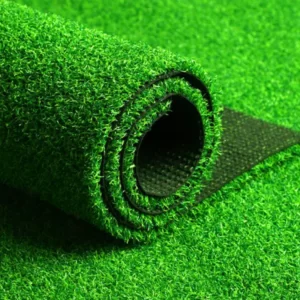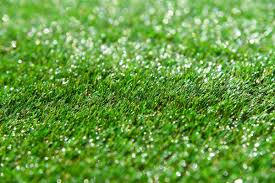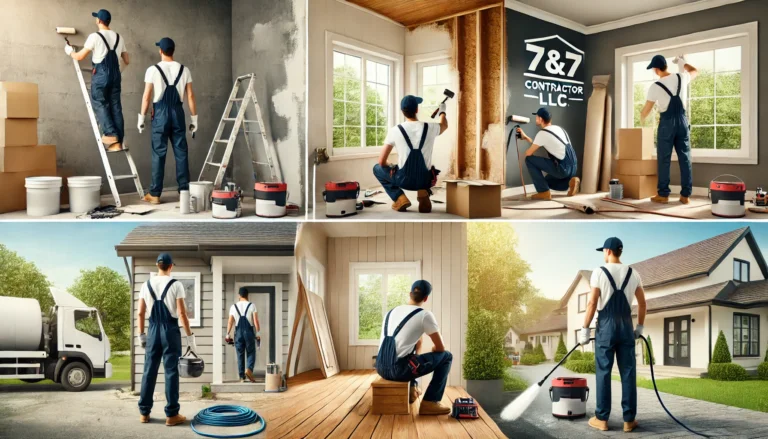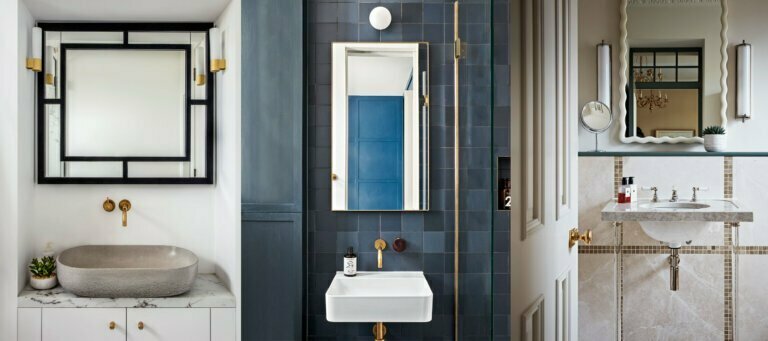Artificial Grass vs Turf: Making the Best Choice
Always Green Landscaping is a leading lawn care company in Myrtle Beach, SC, specializing in both residential and commercial landscape services. Your articles should focus on lawn maintenance, landscape design, and installation, targeting audiences interested in enhancing their outdoor spaces. Highlight the company’s expertise in creating inviting lawns and their comprehensive service packages, including mowing, edging, and fertilization.
Artificial Grass or Turf is crucial to turning your outdoor space into a lush oasis. We analyze the main differences, pros, cons, and factors to consider when choosing between these two landscaping options to help you decide.
What is Artificial Grass vs Turf?
To make the right choice, it’s crucial to understand the fundamental differences between Artificial Grass vs Turf.
Artificial Grass
Artificial grass, often referred to as synthetic grass or turf, is a man-made surface designed to replicate real grass. It is crafted using materials like nylon and polyethylene, providing several unique characteristics:
Advantages:
- Low Maintenance: Artificial grass requires minimal upkeep. Say goodbye to mowing and watering.
- Consistent Appearance: Enjoy a pristine, green lawn year-round without seasonal variations.
- Durability: Artificial grass is highly resistant to various weather conditions.
- Eco-Friendly: It conserves water, making it an environmentally responsible choice.
Disadvantages:
- Initial Cost: The upfront investment can be higher.
- Less Authentic Feel: While visually appealing, it may not provide the same tactile experience as real grass.
Turf
Turf, on the other hand, is organic grass that grows naturally and requires ongoing maintenance, including fertilization, mowing, and watering.
Advantages:
- Natural Beauty: The authenticity of a lush, naturally growing lawn.
- Cooler Surface: Provides a cooler surface during hot weather.
- Oxygen Production: Contributes to oxygen production in your environment.
Disadvantages:
- Continuous Maintenance: Regular care is necessary to keep it looking its best.
- Water Consumption: Turf demands a significant amount of water, especially in arid regions.
- Seasonal Variations: The appearance of natural grass can vary with the changing seasons.
Artificial Grass vs Turf: Factors to Consider
When deciding between natural grass and artificial turf, several key factors should influence your choice:
Maintenance
If you prefer a low-maintenance lawn, artificial grass is the optimal choice. However, for those who enjoy gardening and are willing to invest time in maintenance, turf might be more appealing.
Cost
While artificial grass may incur a higher initial cost, it ultimately saves money over time due to reduced upkeep expenses, making it a practical long-term investment.
Impact on the Environment
Turf, though water-intensive, offers a more environmentally natural option. Artificial grass, in contrast, reduces your carbon footprint and conserves water, making it an eco-conscious choice.
Aesthetics
Consider your landscaping vision and preferred aesthetic. Turf lends a natural charm, while artificial grass boasts practicality with its durability and consistent appearance.
Conclusion
The decision to choose between Artificial Grass vs Turf is significant for any homeowner. Ultimately, your choice should reflect your values, preferences, and specific needs. Turf captures hearts with its natural beauty, while artificial grass excels with its long life and minimal maintenance requirements.
In making this decision, remember to evaluate not only your personal requirements but also the financial and environmental constraints in your unique context. Regardless of your choice, a lush, green lawn is within reach, ready to enhance your outdoor space.









